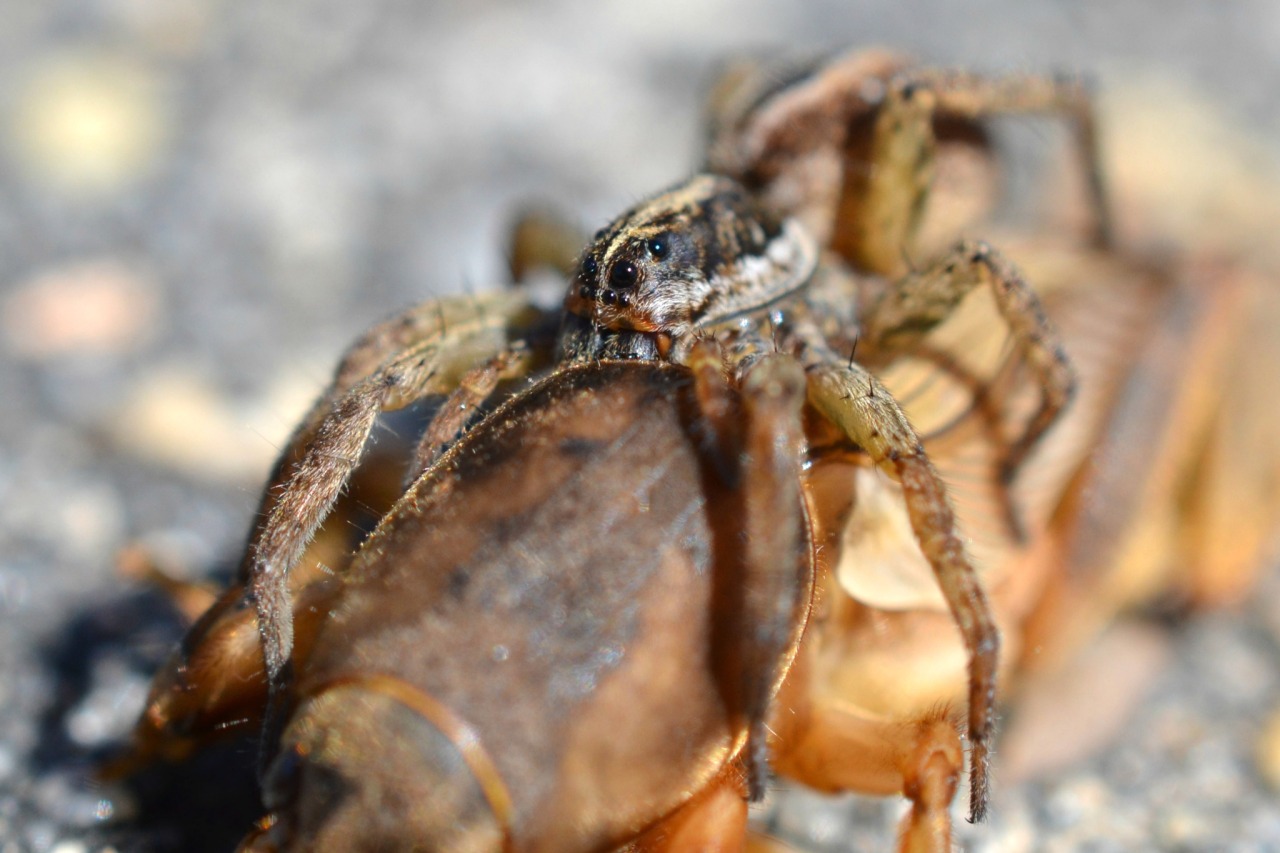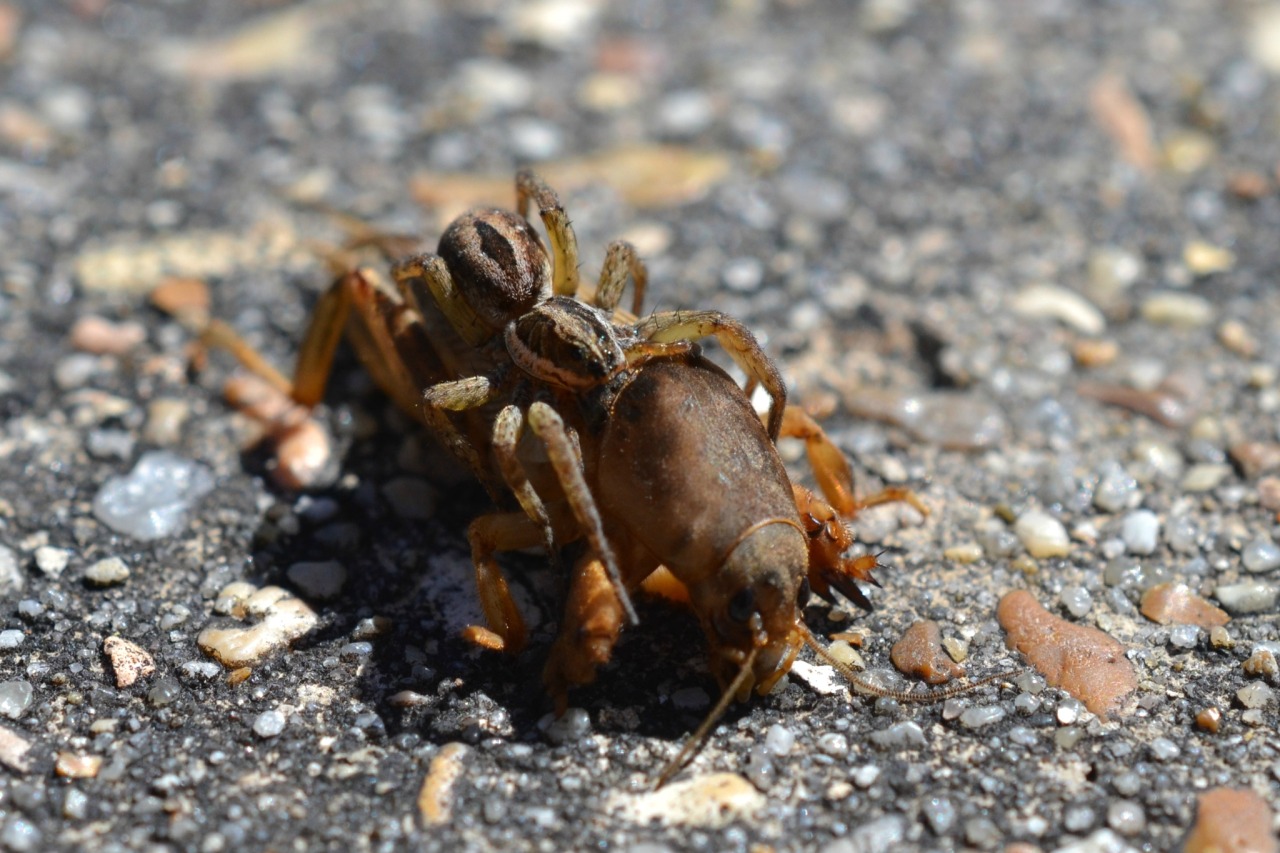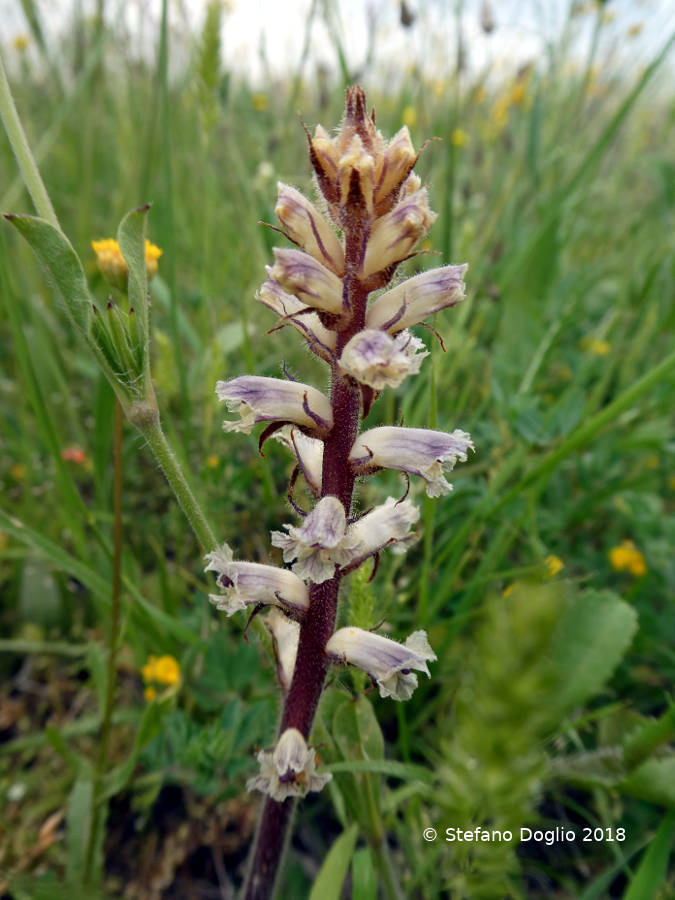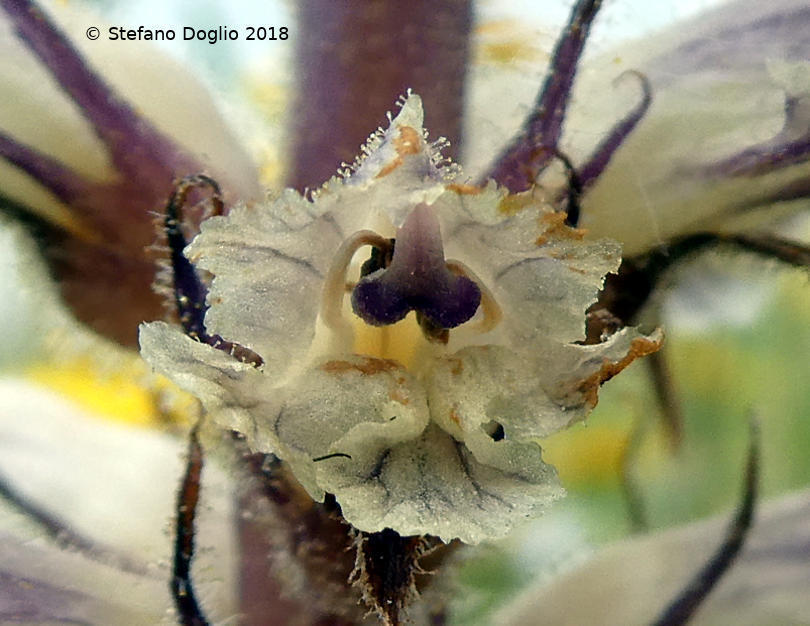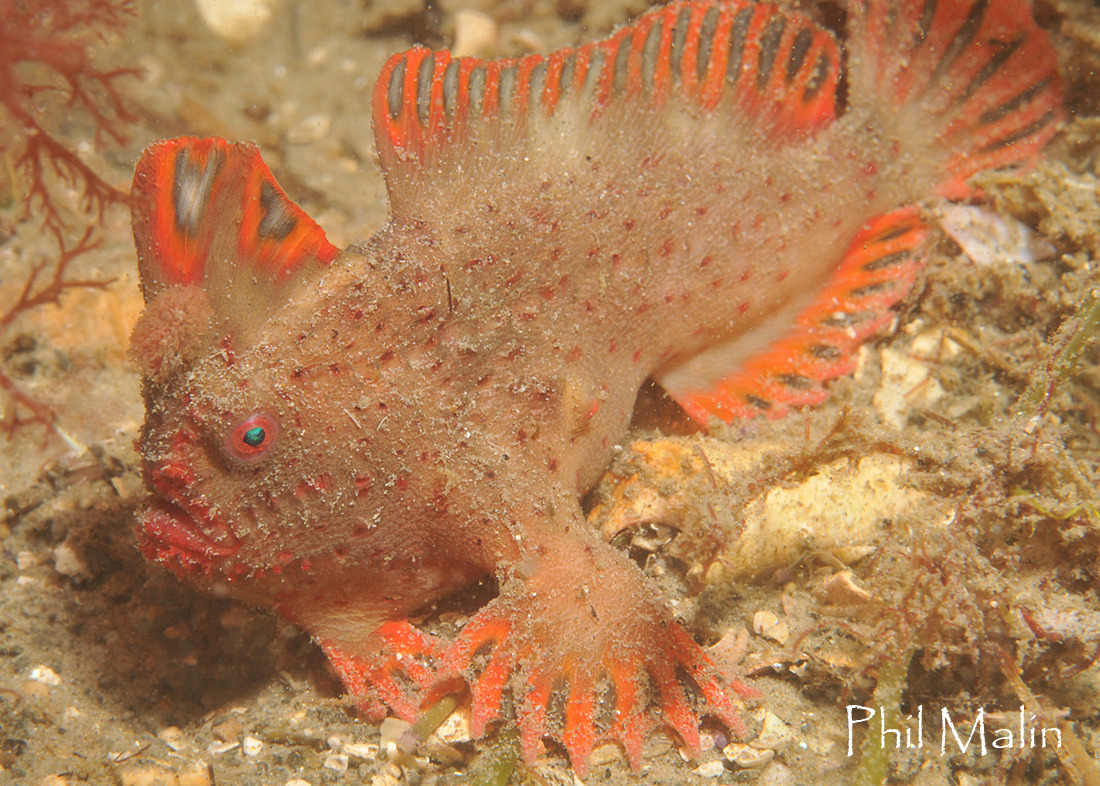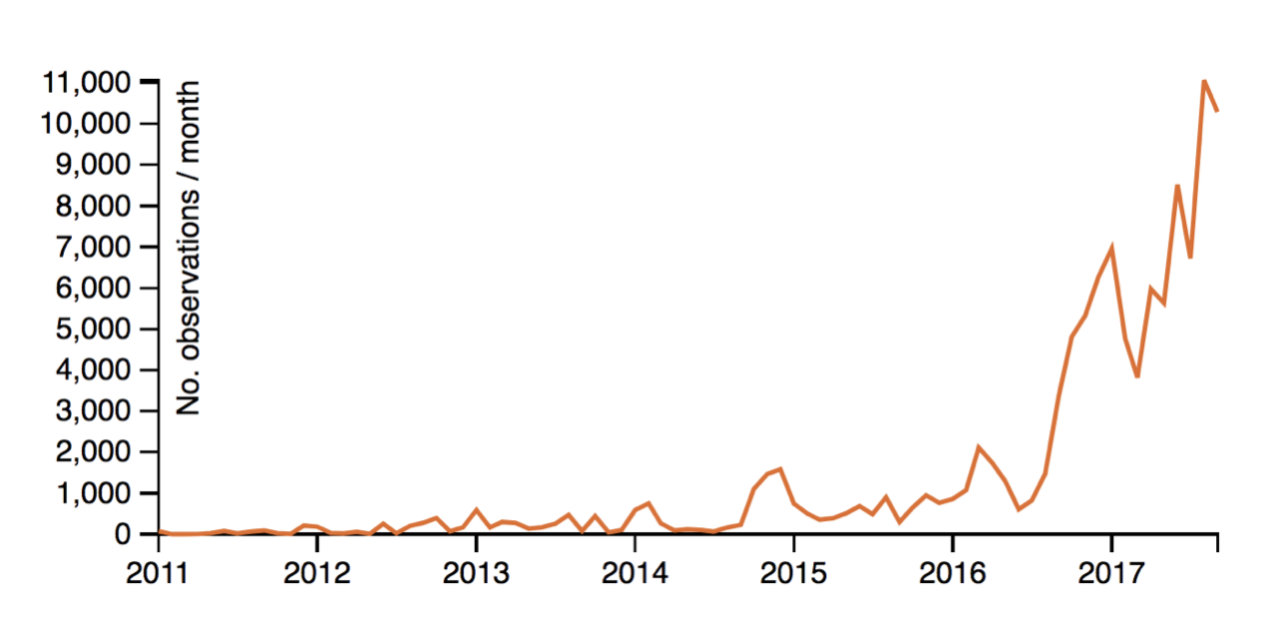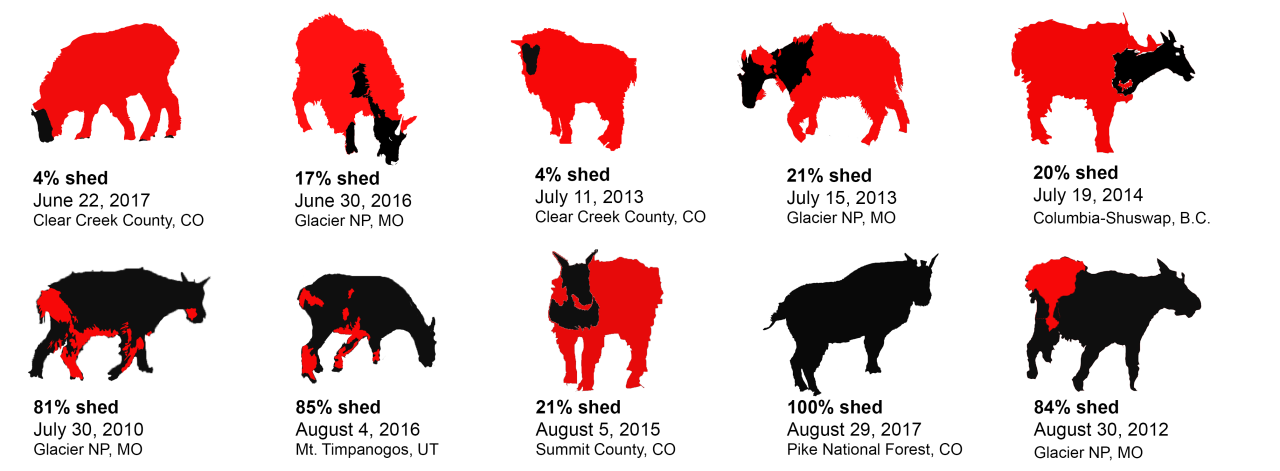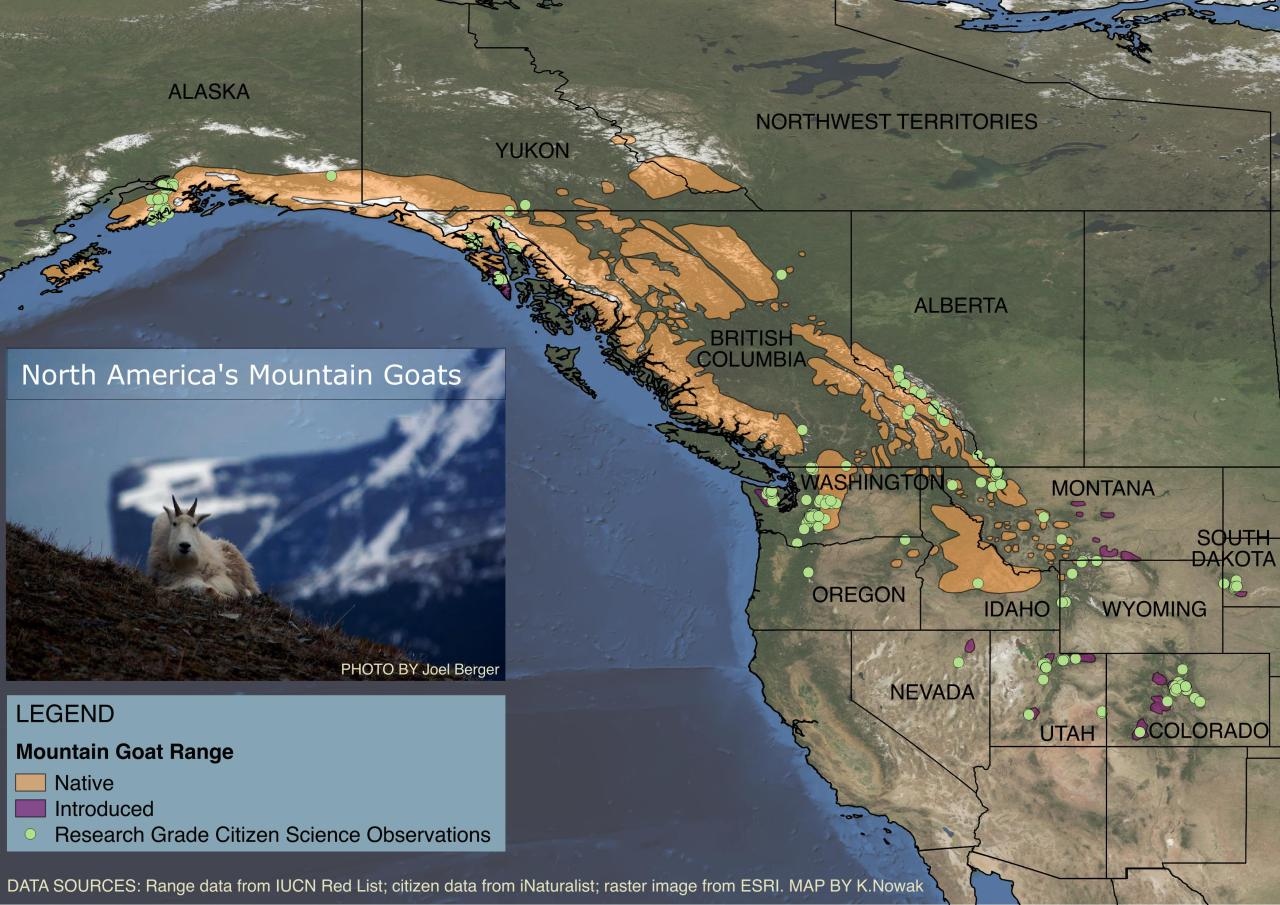(Belated) Observation of the Week, 5/3/18
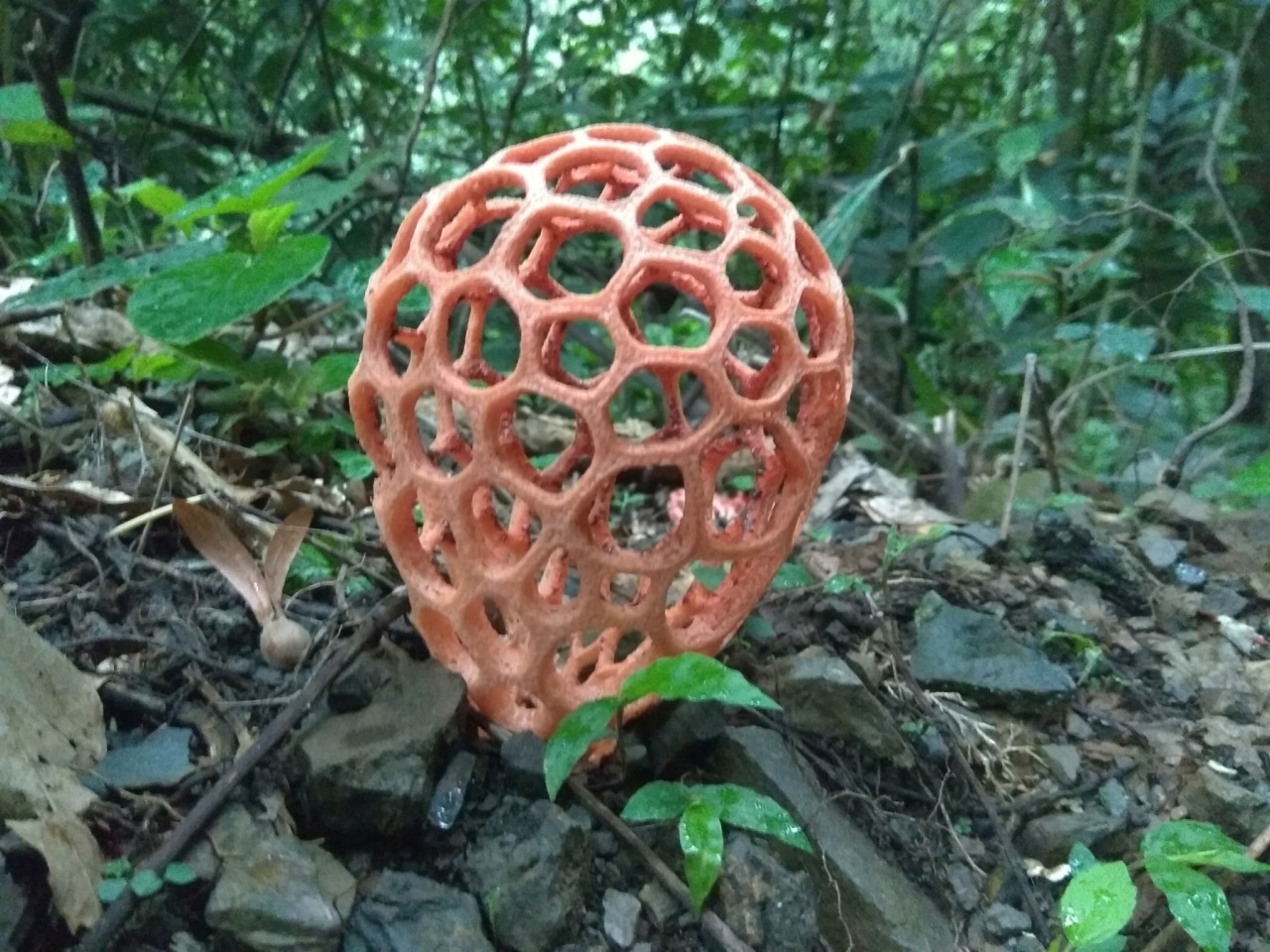
Our Observation of the Week is this Clathrus cage fungus, seen in Colombia by @linaforero!
Lina Forero has been interested in the natural world ever since she was a child, and says that this “is why I am now a wildlife veterinarian [at Universidad de La Salle] and work in the conservation of ecosystems.”
It was while she and some friends were scouting an area for another citizen science project (eBird’s Global Big Day on May 5th) that they came across the structural wonder seen above. “We had never seen anything like it,” she says, “so we thought that in iNaturalist someone could help us identify it, in the suggestions of identification we read the characteristics of these fungi and we were amazed.”
Red cage fungi, part of the Phallaceae or “stinkhorn” family of mushrooms, are a truly wondrous group of organisms. When first emerging from the ground, they look like many other mushrooms, with an off-white volva sticking up through the substrate. However, that volva soon bursts open and the red cage structure of the mature mushroom slowly expands upward. The inside of the cage is full of a brownish goo called the gleba, which is were the spores develop. Smelling like rotting flesh, the gleba of a Red Cage fungus attracts flies, which land on it and distribute the spores that sticking to their feet. Red Cage fungi are often found on mulch and wood chips.

Lina (above) has an NGO called Fundación Camana Conservación y territorio, and uses iNaturalist for the FOTOCANEY project run by the foundation, partnering with “group of children with whom we work environmental education topics.” She says she personally uses iNat “in my trips where I record the observations of species that I do not know and from which I want to learn.”
- by Tony Iwane
- More amazing Clathrus time lapse! This one is Clathrus archeri, or “Devils Fingers.”
- iNaturalist’s partner site Naturalista Colombia helped organize Bogota’s City Nature Challenge project this year, and so far nearly 8,000 observations have been uploaded!



